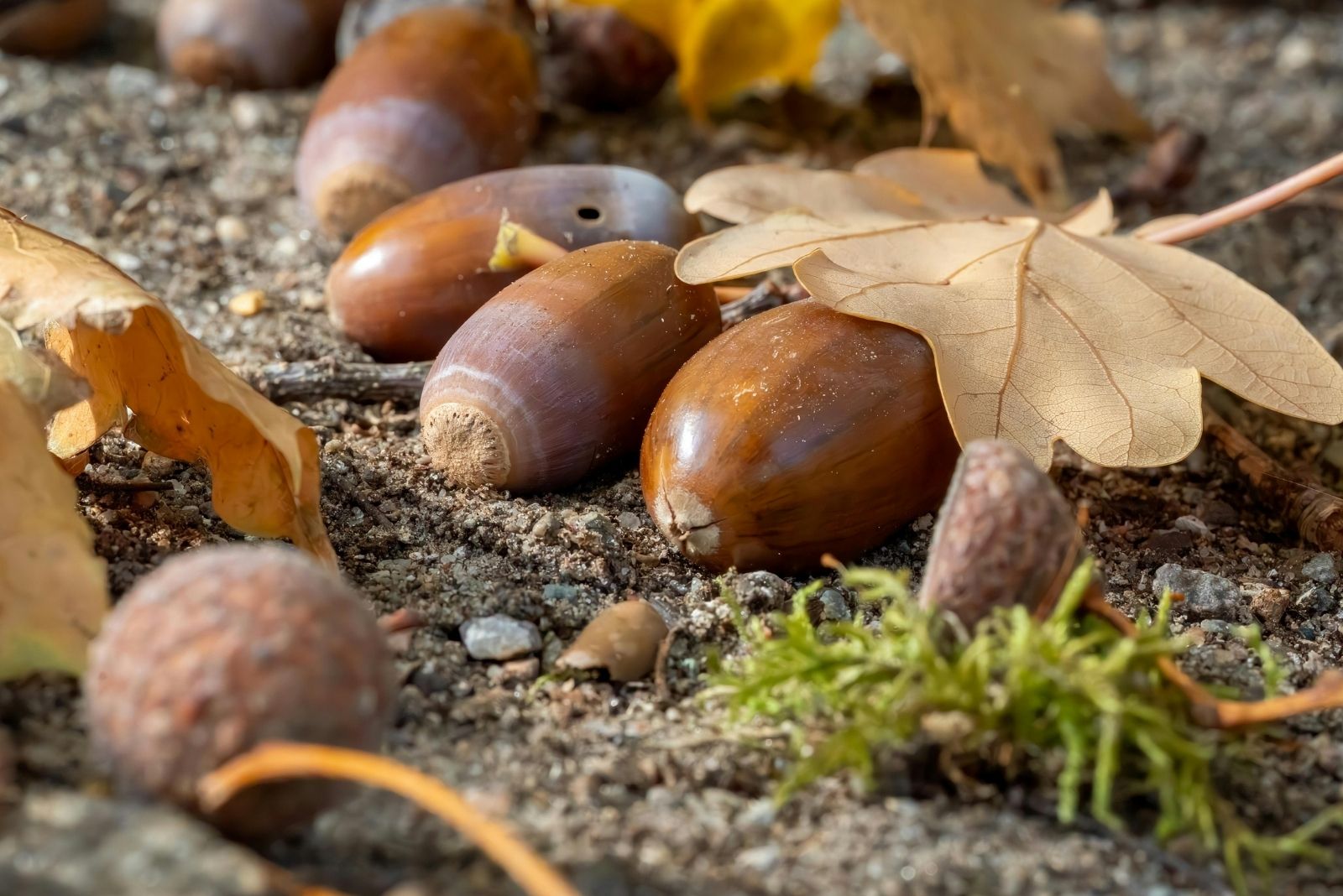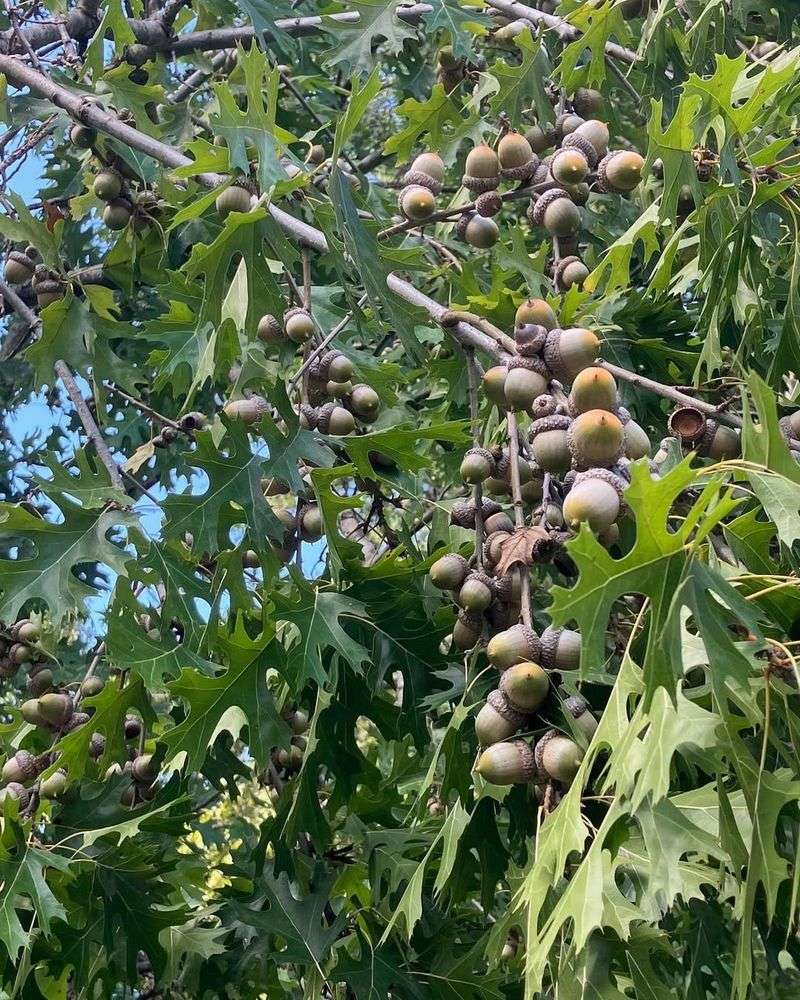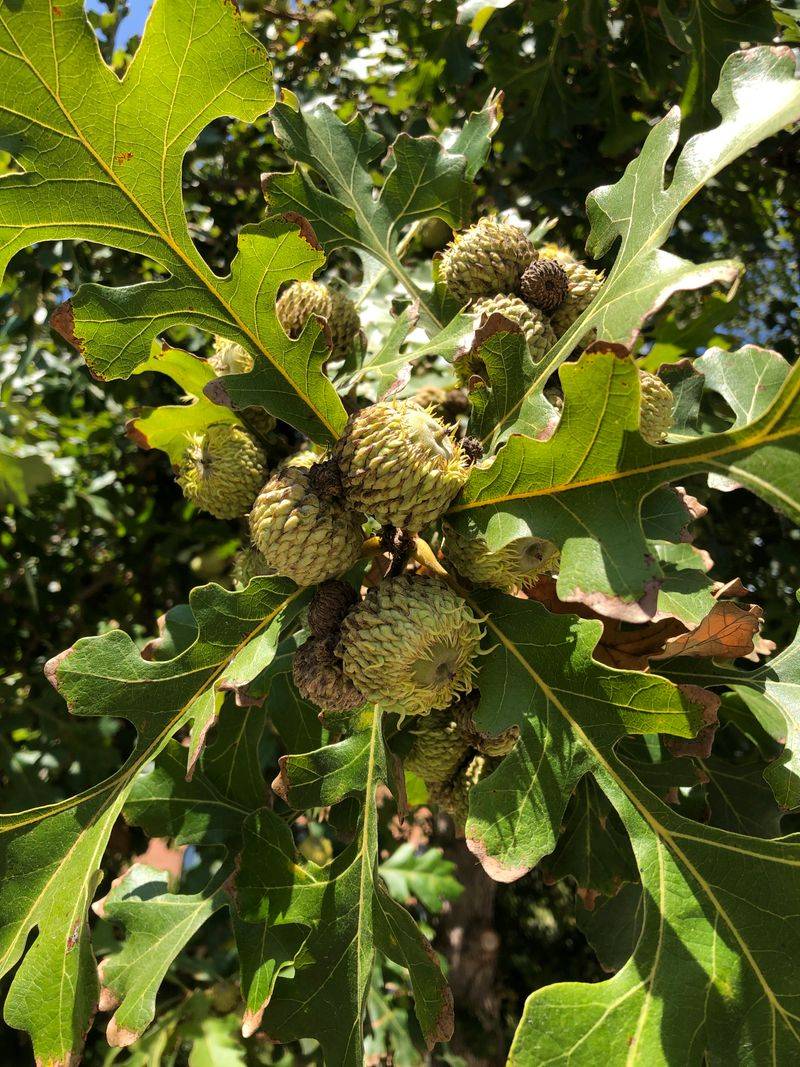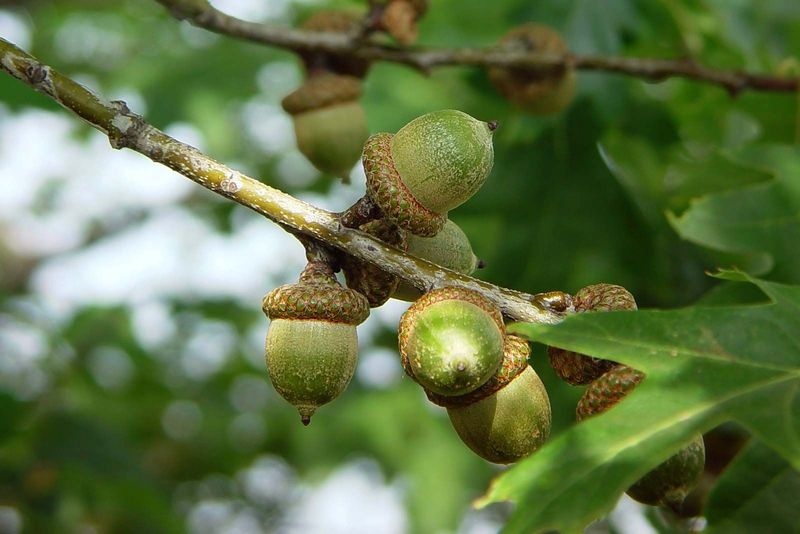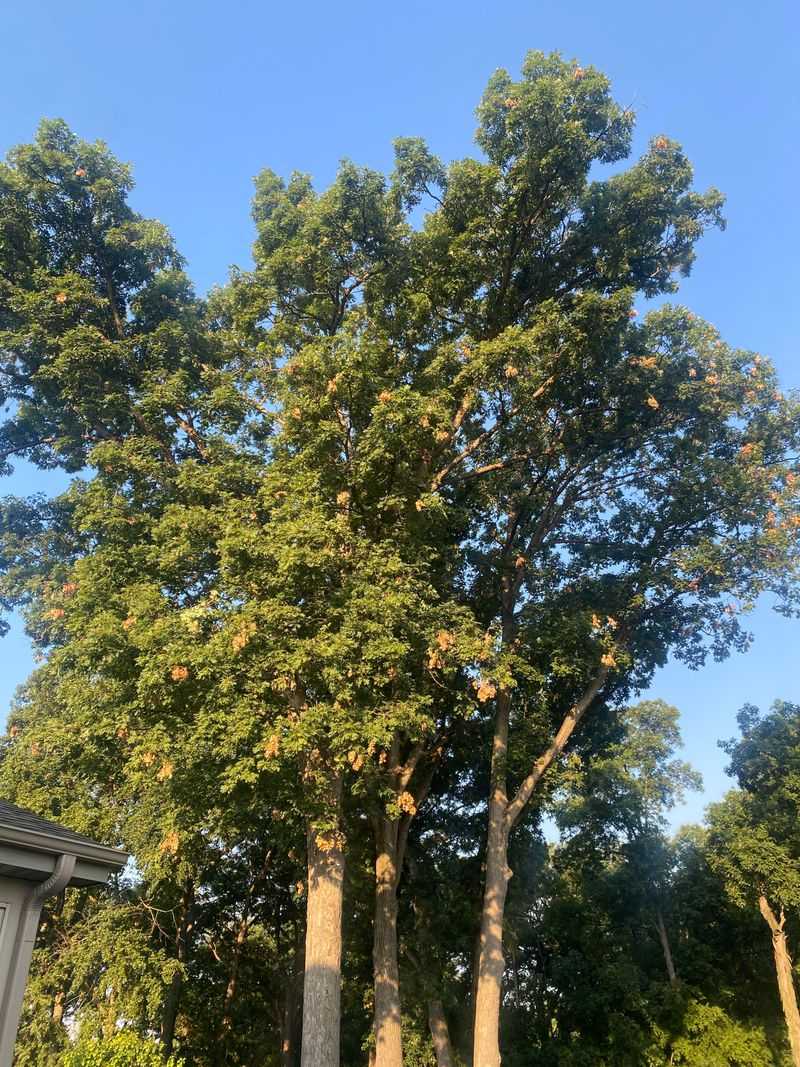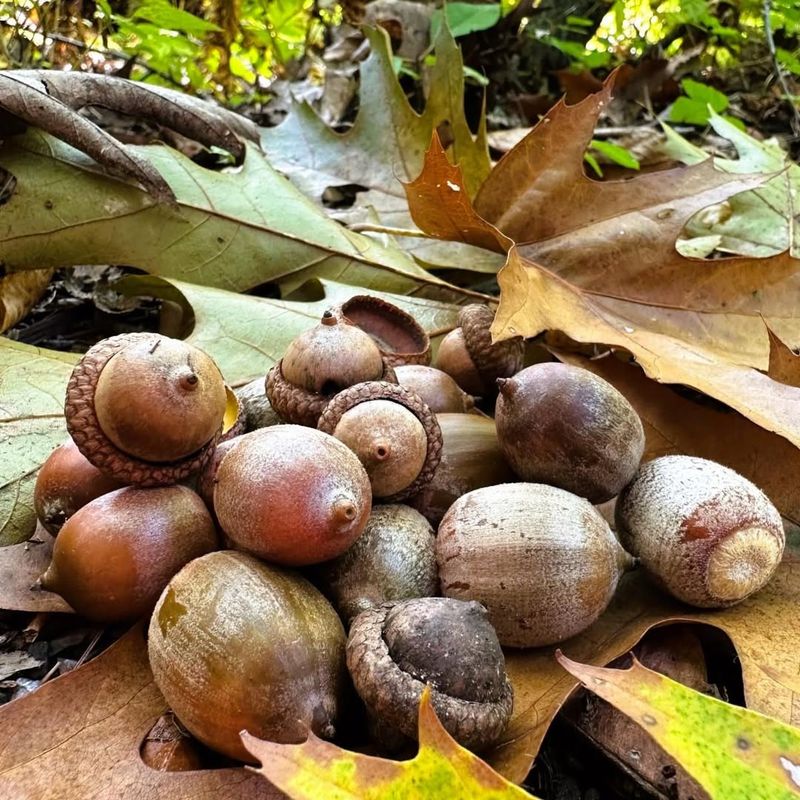Noticed a surprising number of acorns covering your Texas yard this year? You’re not the only one—many folks are seeing a bumper crop of these nutty little treasures.
Oak trees sometimes go all out, dropping more acorns than usual thanks to weather patterns and natural cycles. It’s their way of ensuring future generations take root.
I’ve found that understanding why this happens makes cleanup feel less like a chore. It’s a reminder that nature’s rhythms are always at work—right in your own backyard.
1. Perfect Weather Conditions Last Spring
Last spring brought ideal conditions for oak trees across Texas. Mild temperatures and just the right amount of rainfall created a perfect environment for pollination. When weather cooperates during those critical weeks, oak flowers get pollinated more successfully.
This means more acorns develop and mature through summer. Texas oaks responded beautifully to these conditions, setting the stage for this year’s abundant harvest. Nature rewards trees when everything aligns just right, and 2024 was one of those special years.
2. Mast Year Phenomenon
Oak trees don’t produce the same amount of acorns every year. Instead, they follow a natural cycle called “mast years,” where they occasionally produce massive crops. Scientists believe this strategy helps trees overwhelm animals that eat acorns, ensuring some nuts survive to grow into new trees.
Texas is experiencing a mast year right now. These events typically happen every two to five years. Your oaks aren’t sick or behaving strangely—they’re just following an ancient survival pattern that’s worked for thousands of years.
3. Abundant Rainfall This Summer
Summer rains across Texas gave oak trees the moisture they needed during crucial growth periods. Acorns need consistent water to develop properly from tiny buds into full-sized nuts. Drought years often result in smaller crops because trees can’t support heavy production without adequate hydration.
Many Texas regions received above-average rainfall this summer. Those extra inches translated directly into plumper, healthier acorns. When trees have plenty to drink, they can afford to be generous with their seed production, leading to overflowing yards.
4. Healthy Mature Oak Population
Texas is home to numerous mature oak species that are hitting their prime production years. Trees typically need to reach 20-30 years old before they produce significant acorn crops. Once established, healthy oaks become incredibly productive.
Their extensive root systems and strong branches can support massive acorn production. Add favorable weather conditions to already healthy trees, and you get the acorn explosion many Texans are witnessing throughout their communities this season.
5. Reduced Pest Pressure
Fewer pests attacked developing acorns this year compared to previous seasons. Weevils, moths, and other insects often damage acorn crops before they mature. When pest populations are lower, more acorns survive to drop from trees. Natural predators like birds may have kept pest numbers down in Texas this year.
Additionally, weather patterns sometimes discourage certain insect populations. Whatever the reason, reduced pest activity meant more acorns made it to maturity, contributing to the impressive numbers covering lawns and sidewalks across the state.
6. Tree Stress Response From Previous Drought
Interestingly, trees sometimes produce extra seeds after stressful periods. Recent drought years in Texas may have triggered oak trees to reproduce more aggressively. When trees sense environmental challenges, their survival instinct kicks in, pushing them to create more offspring.
Think of it as nature’s insurance policy. After tough times, trees want to ensure their genetics survive into the next generation. This year’s abundance might actually be a delayed response to previous hardships, demonstrating how resilient and adaptable Texas oaks truly are.
7. Synchronized Production Among Oak Species
Texas hosts several oak species—live oak, post oak, red oak, and others—and they sometimes synchronize their production cycles. When multiple species have mast years simultaneously, the effect multiplies dramatically. Your yard might have acorns from several different oak varieties all at once.
This synchronization increases the overall acorn count exponentially. Even if you only have one oak type, neighboring trees of different species contribute to the bounty. The result is what looks like an acorn avalanche across Texas communities this fall.

